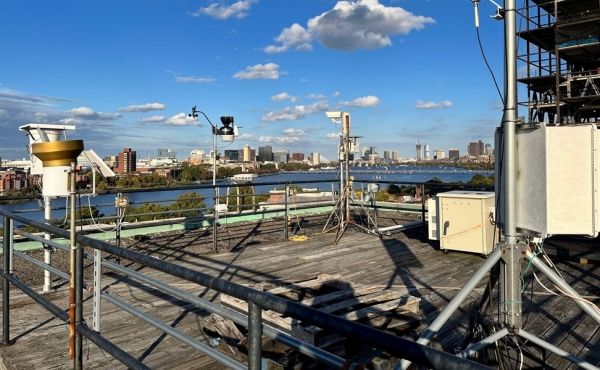The research, by a team of scientists from Harvard University, Boston University, NOAA, and the Environmental Defense Fund, used measurements of methane and ethane concentrations in the air over Boston to track emissions from 2012 to 2020. The scientists found natural gas emissions were approximately six times higher than inventory estimates, and more than half of emissions may be leaks from so-called end uses, such as compression stations and meters, along with boilers, furnaces and other appliances, rather than from pipelines.
Harvard scientist Steven Wofsy, the paper’s senior author, said the findings show traditional approaches to estimating emissions from natural gas systems are missing significant sources of methane.
“If cities and states want to pass meaningful legislation to curb emissions, they need to know where emissions are coming from, how they change over time, and whether or not the policies put in place to reduce them are working,” Wofsy said.
Continue reading at NOAA Research
Image via NOAA Research


